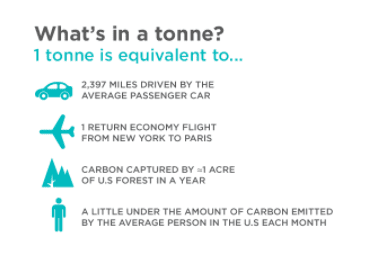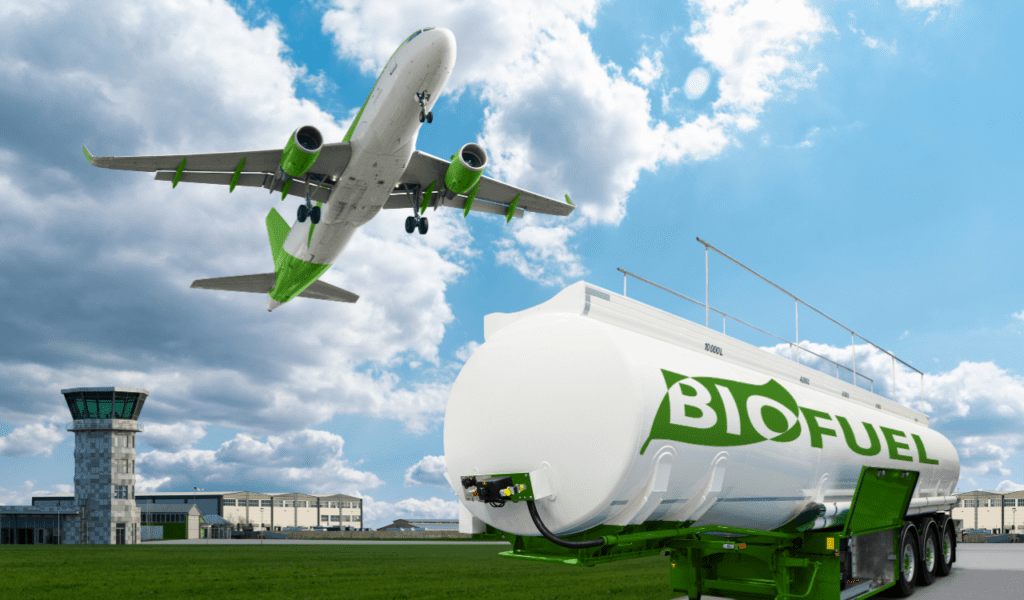Our world is entering a new age of travel. The global pandemic made us look at travel and indeed our relationships with each other and the Earth in a new light. We value the ability to connect with each other and to enjoy outdoor places more than ever before. This mind shift led to a significant rise of the interest in responsible and sustainable travel. Many individuals and businesses are starting to think about how to travel differently and wondering what strategies they can employ to make an impact.
Sustainable business travel focuses on managing the costs, social effects, and environmental concerns that business travel creates. But sustainability also has to do with the wages and working conditions of the labor force in your destination, local sourcing of produce and construction materials, and good stewardship of the land. Sustainability in business travel is an expansive, three-pronged subject, so in the interest of breaking it down, this article will only focus on the environmental prong and how business travel impacts CO2 emissions.
Sustainability Metrics – How to Calculate Travel Impact

The first step for a company to address sustainable business travel is to quantify its carbon footprint. The major categories of CO2 emissions (CO2e) in travel are airline flights; ground transportation, including rail, automobile, and bus; and hotel stays. CO2usage is expressed in tonnes and the average American’s personal usage is 15.5 tonnes per year. Obviously, travel increases that number.
- Airline Flights – Aviation accounts for 2.4% of global CO2 – 915 million tonnes of carbon dioxide in 2019. Cabin waste amounts to 6.7 million tonnes each year. The Tripit app calculates the carbon footprint of individual flights flown. For our corporate accounts, Covington can provide cumulative CO2 reports on air travel.
- Ground Transportation – CO2e for car and bus travel is based on fuel consumption (miles per gallon). Because Covington doesn’t have access to the number of miles a traveler drives, we cannot report an accurate number.
- Hotel Stays – The carbon footprint of using a hotel is based on the number of room-nights, location, and class of hotel.
- Individuals – To find the details of your personal climate impact, use this footprint calculator. https://www.carbonfootprint.com/calculator.aspx Or to keep it simple, the average American produces an average of two tonnes of CO2e per month.
Travel Maestro tip: For individuals or businesses that wish to track CO2e from sources beyond commercial airline travel, we recommend the non-profit Carbonfund, which can calculate travel emissions for private aviation, rail, auto, and bus travel, as well as hotel room-night stays.
How Do Companies Support Sustainable Business Travel?
In November 2020, Business Travel News (BTN) reported that “climate change has become a driving concern for a quarter of travel managers surveyed by BTN.” Companies are taking a serious look at reducing their carbon footprint. Some actions organizations can take include:
- Look for alternatives to flying. For example, encourage employees to take trains instead of flying short-haul flights.
- Fly direct instead of taking connecting flights whenever possible. The most carbon is released from aviation on takeoff and landing.
- Fly economy, which has a higher passenger density, therefore a lower fuel consumption per passenger.
- Book eco-friendly hotels.
- Purchase carbon offsets.
- Educate employees about reducing, reusing, and recycling while traveling. Encourage them to carry refillable water bottles and reduce single-use plastics.
- Include carbon reduction strategies in the company’s travel policy and use a consolidated booking source (your Travel Management Company) to help enforce those policies.
Carbon Offset Options
With current technologies, travel simply cannot accomplish zero emissions. After reducing CO2 emissions where possible, many organizations take an additional step to improve business travel sustainability. They purchase carbon offsets for what they can’t eliminate to achieve net-zero emissions. These offset credits fund carbon reduction projects to compensate for carbon emissions.
Carbonfund categorizes their offset programs into three groups. Each project they support is third-party validated and verified to meet the highest standards.
- Renewable Energy – Wind, solar, hydro, and methane reductions reduce carbon emissions today, spur investment in clean technologies and help create a low-carbon economy tomorrow. Carbonfund projects include wind farm projects in Turkey and Texas.
- Energy Efficiency – Usually the most cost-effective ways to reduce carbon emissions, investing in energy efficiency is key to fighting climate change. Projects include providing communities with efficient cookstoves, water filtration, and a truck stop electrification project.
- Forestry – Deforestation accounts for 20% of global carbon emissions. Forest conservation removes CO2 from the air and into trees and soil, helping communities and wildlife. Projects include conservation efforts in the Amazon, reforestation in Lower Mississippi Alluvial Valley, and tropical rainforest reforestation in Panama.
Gold Standard is a marketplace for carbon offset credits that benefit a range of projects reaching all corners of the globe. Gold Standard Certification means that the project was assessed using UN protocols and the Sustainable Development Goals. Their guide, Defining a Corporate Climate Finance Commitment offers businesses guidance on how to finance emissions reductions and engage in climate interventions.
Travel Suppliers Working Toward Sustainability
Airports – In addition to reducing emissions, sustainability efforts at airports include reducing noise and light pollutions, and safeguarding wildlife.
- Richmond International Airport supports Green Tourism in the Richmond Region by adopting multiple programs to promote environmental sustainability and resource conservation.
Hotels –The best green practices for hotels focus on reducing waste, saving energy, and water conservation.
- The S&P Global Corporate Sustainability Assessment (CSA) ranks Hilton and Melia Hotels as leaders in corporate responsibility and sustainability.
- The Global Sustainable Tourism Council (GSTC) accredits and recognizes certification for both hotels and tour operators.
- A growing number of tourism businesses are also joining the community of Certified B Corporations, a global movement of people using business as a force for good.
- Tourism Declares is a group of individuals and companies working in tourism that commit to publishing a Climate Action Plan within 12 months.
Airlines – Airlines reduce CO2 emissions by using renewable fuel sources, reducing single-use plastics, reducing aircraft weight, and purchasing carbon offsets.
- In March 2020, Delta Air Lines committed $1 billion over 10 years to become carbon-neutral.
- JetBlue introduced an onboard recycling program and was the first airline to purchase carbon offsets for all domestic flights.
- Some airlines such as Virgin Atlantic, SAS, Air France-KLM, and Qantas are making inroads in the use of sustainable biofuel.
- Etihad eliminated single-use plastics from long-haul flights and Emirates is working toward using electric ground vehicles (catering, fueling) in Dubai.
- British Airways installed lighter seats and catering trolleys to cut down on CO2 emissions.
Our Travel, Our Future
Studies show that over half of all travelers worldwide prioritize sustainability in their travels and up to 70% want to reduce the carbon footprint of their travels. The travel industry is utilizing emerging technology to make greener choices available to those travelers. Organizations can also adopt sustainable business travel options to help ensure the future of travel.
To discuss responsible travel strategies that are right for your company, contact Covington’s Account Management team.









Leave a Reply